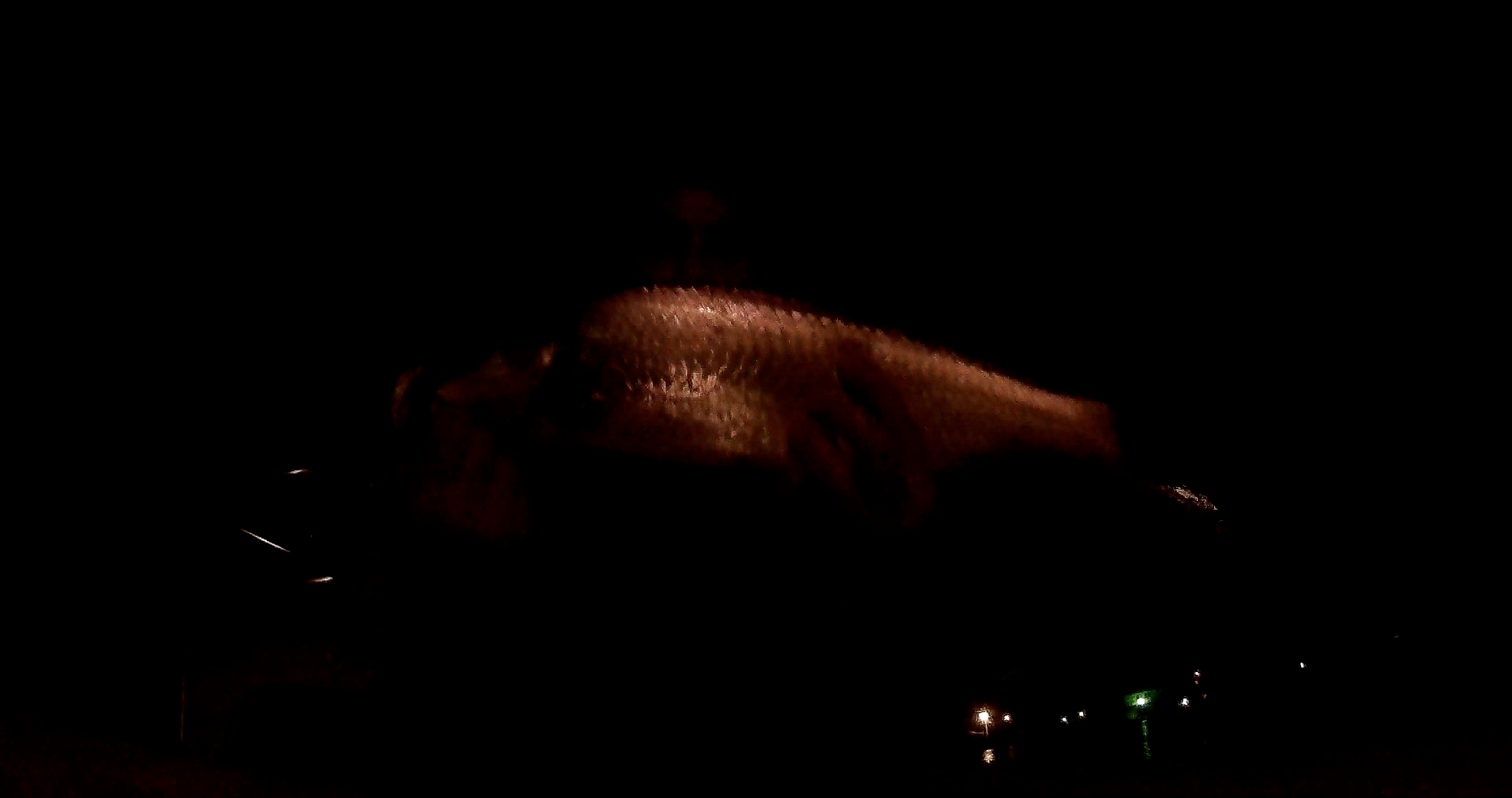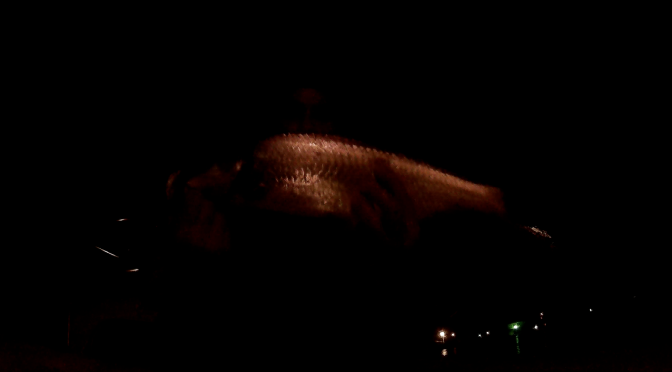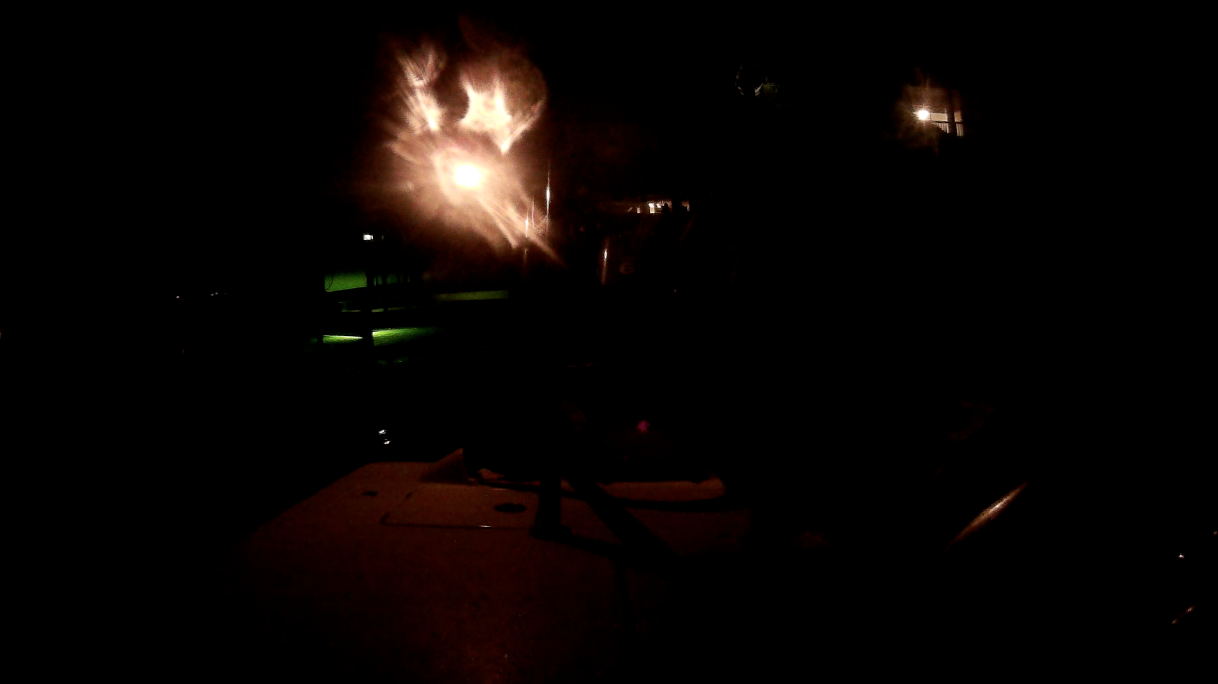Tarpon are known for their usual commute through our area around May and through the following couple months. They travel along the beaches and inshore while they make their migration to cooler water. The large fish averaging 120 pounds that move through our area, some hungry, some less so, can be an angler’s dream catch on any given day during these month. These mammoth creatures are so special because they put up a unrivaled fight when a fisherman hooks these fish. The fight is unmatched by every single inshore species of fish found in our area, by a long shot. These summer months are a time for many anglers to stalk these fish on the beaches and in the passes. Those summer months when the large migrating tarpon are in our area is the time of year most people expect to capture these fish of a lifetime.
Not only during those few summer months can you catch tarpon. There is also a term dubbed to fish who stay in the area year round. They are called resident-tarpon. From my experience, most of the resident tarpon in northwest florida area are smaller than the fish you will find roaming the beaches for a select set of months in the summer. These fish tend to be smaller than 40 pounds. You will often find them preparing for winter much the way snook will. Because like the snook they can withstand a wide range of salinities, they can be found as far back into rivers as completely freshwater lakes and springs. They are often found in brackish (a mix of salt and freshwater) water while preparing for the winter.
I had finally gotten my hydraulic pole anchor fixed after months of trial and error, only to find the fittings in the pump weren’t working. So yesterday, I finally was back on the water with one of my most important fishing tools. I am happy to say that the mission, to test the pole was a huge success for many reasons.
I’m going to tell you about the most interesting part of this trip, the three jumped tarpon in brackish water. Because I had just picked up the boat from the mechanic I fished the afternoon and into the evening. As the night began to fall I realized I did not have the bow running lights, which prohibited me from buzzing around very much, leading me directly to the tarpon, as if fate was in play. I was just making my way back to the ramp trying a dock light here and there, loaded with pilchards (because they are everywhere now in their post spawn). As I approached the boat ramp where I put in I noticed resident tarpon on a new dock light! I thought they looked like bass because of their narrow bodies and strangely shaped heads and jaws. I knew they were not bass. This dock light was situated on a corner of the boat ramp cove leading out of the bayou. This location along the shoreline had a quick drop in depth from the shore to the bottom. There was also mangroves stumps and overhanging trees along this edge. The dock pilings created a perfect ambush point and protection area for these juvenile tarpon. I was happily suprised to see juvenile tarpon circling the dock light. Immediately I began injuring the pilchards by holding a bunch of them in the dip net and crushing them together. With their new injured swimming patter they were sure to see a quick demise. It didn’t take long before the first tarpon scooped a freelined pilchard swimming along the bottom. This tarpon immediately took flight once it knew it wasn’t under it’s own control anymore. Bowing to this fish (leaving extra line for them when they jump) prevented and thrown hook. But after it realized it wasn’t getting off the hook that easy, it went straight for the pilings. The barnacle covered dock piling broke the line in an instant at the speed the fish was moving, like a knife to butter. Short periods of chumming and trying the bait under the dock with the light led to no hook ups. After hearing loud smacking noises not far off in the distance I knew the chumming was being effective. I tried the other dock and whack. The second fish ate from under the other unlit dock, closer to the corner. This fish jumped and thrashed but was no match for my new found fighting knowledge gained from the first tarpon. I steered this one clear of the pilings by applying pressure at all the right angles to keep it clear of the pilings. It was the first tarpon I ever landed! See photo below. Even the small fish are a catch of a lifetime. They are tactitioners at breaking line and evading capture. Not many anglers can say they have put their hand on these absolutely beautiful fish. The third and final fish before I called it quits, just a half an hour before the top of the incoming around 10:30, ate the same way as the first one.
Even the small fish are a catch of a lifetime. They are tactitioners at breaking line and evading capture. Not many anglers can say they have put their hand on these absolutely beautiful fish. The third and final fish before I called it quits, just a half an hour before the top of the incoming around 10:30, ate the same way as the first one.
I put the bait in between the docks down on the bottom and it was quickly scooped off the bottom. It must be a pattern that fish in the area cruise along this bottom and around this corner, and the tarpon were waiting to ambush the moving bait fish at the bottom of the drop off. The third one again was no match for the 25lb line and 30lb leader and angler ability. As the fish was swimming close to the boat it took multiple runs while I tried to grab it by hand. These fish are so strong. Once it was really exhaused it was gulping air. Even the smallest fish will do this to maintain their energy. The exhausted fish was quickly boated, photographed, and released unharmed. This was an unusual fall evening, because during this time of year these fish can be more difficult to target than many other fish.
Any time of year you can get your hands on a tarpon, don’t pass on the opportunity. It will be one of the best battle battles between human and fish you will ever experience. If you are able to capture one of these creatures, handle it with care and treat it with respect. They are highly prized as a game fish.

